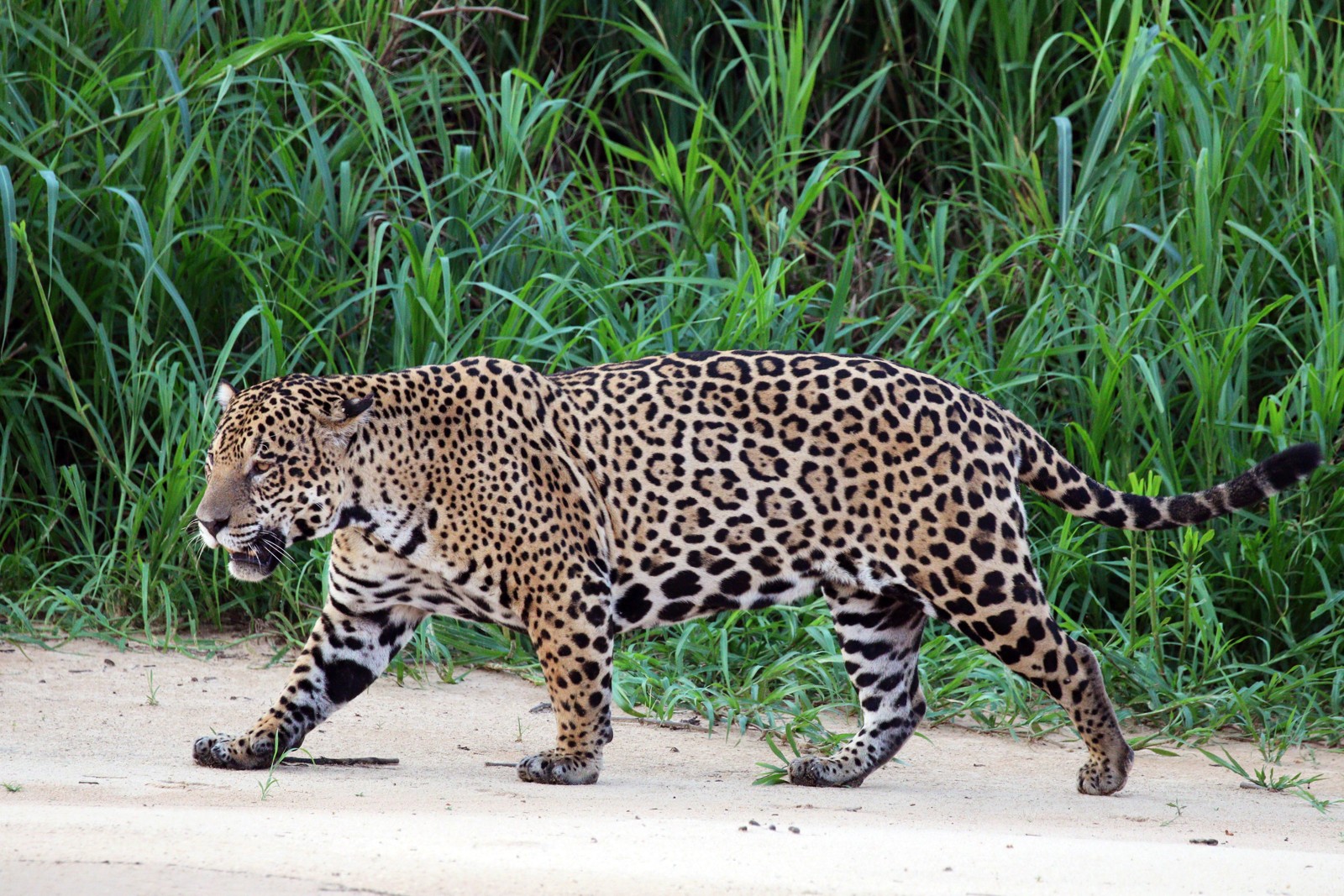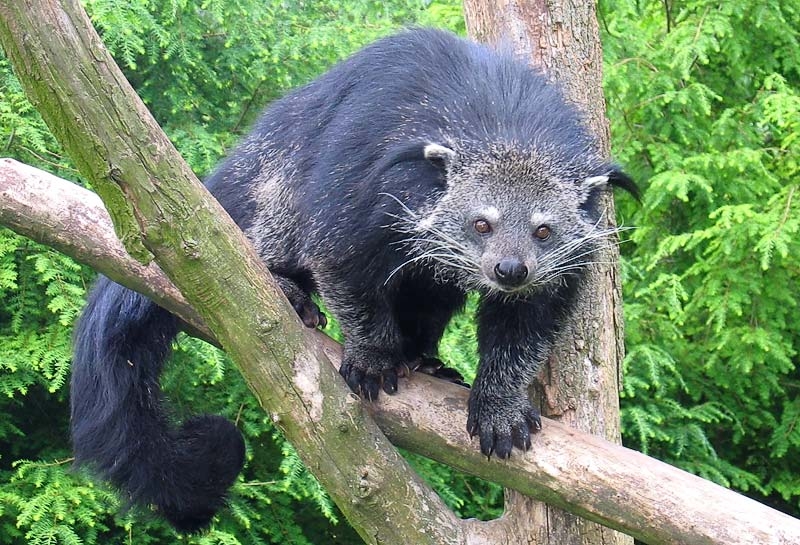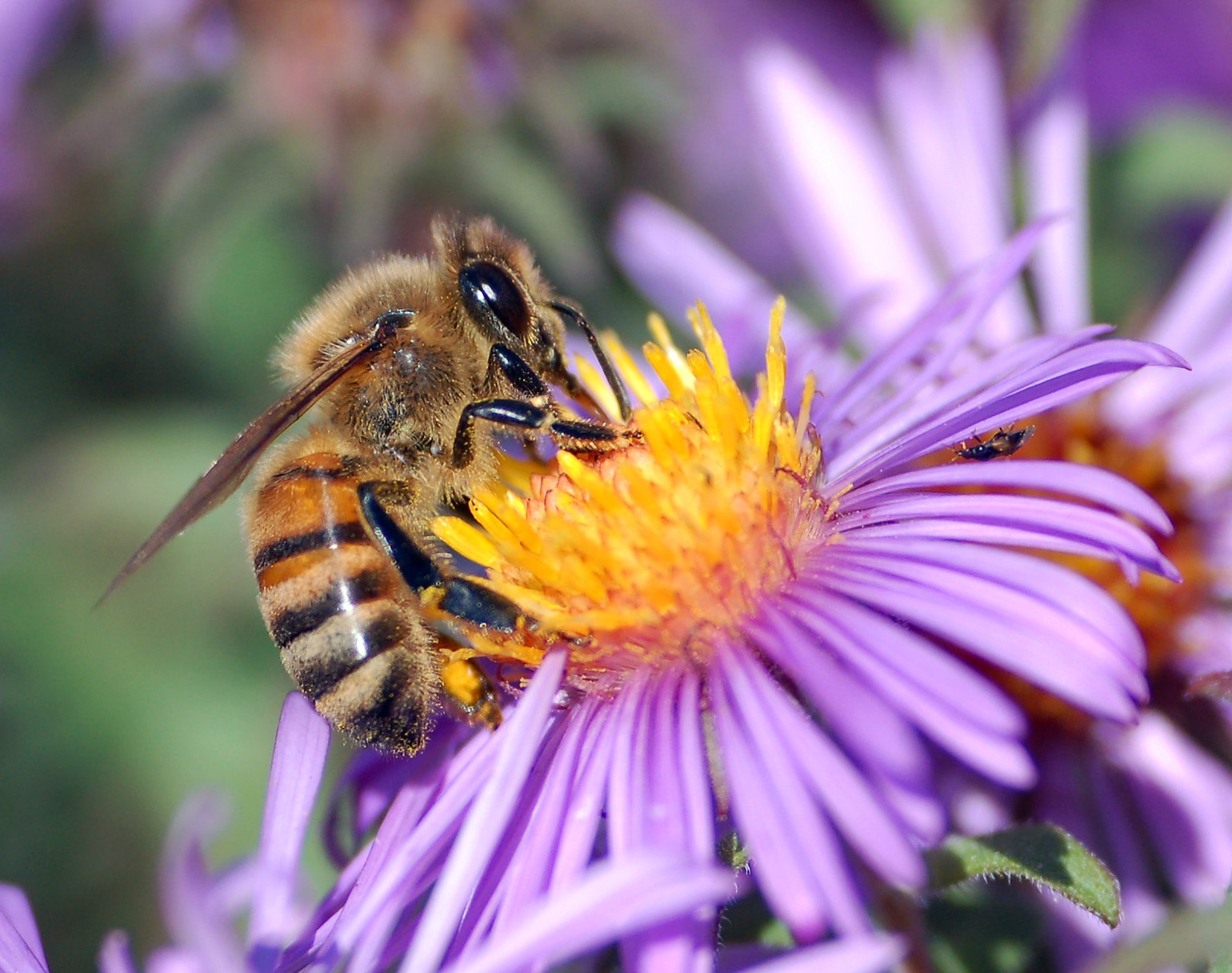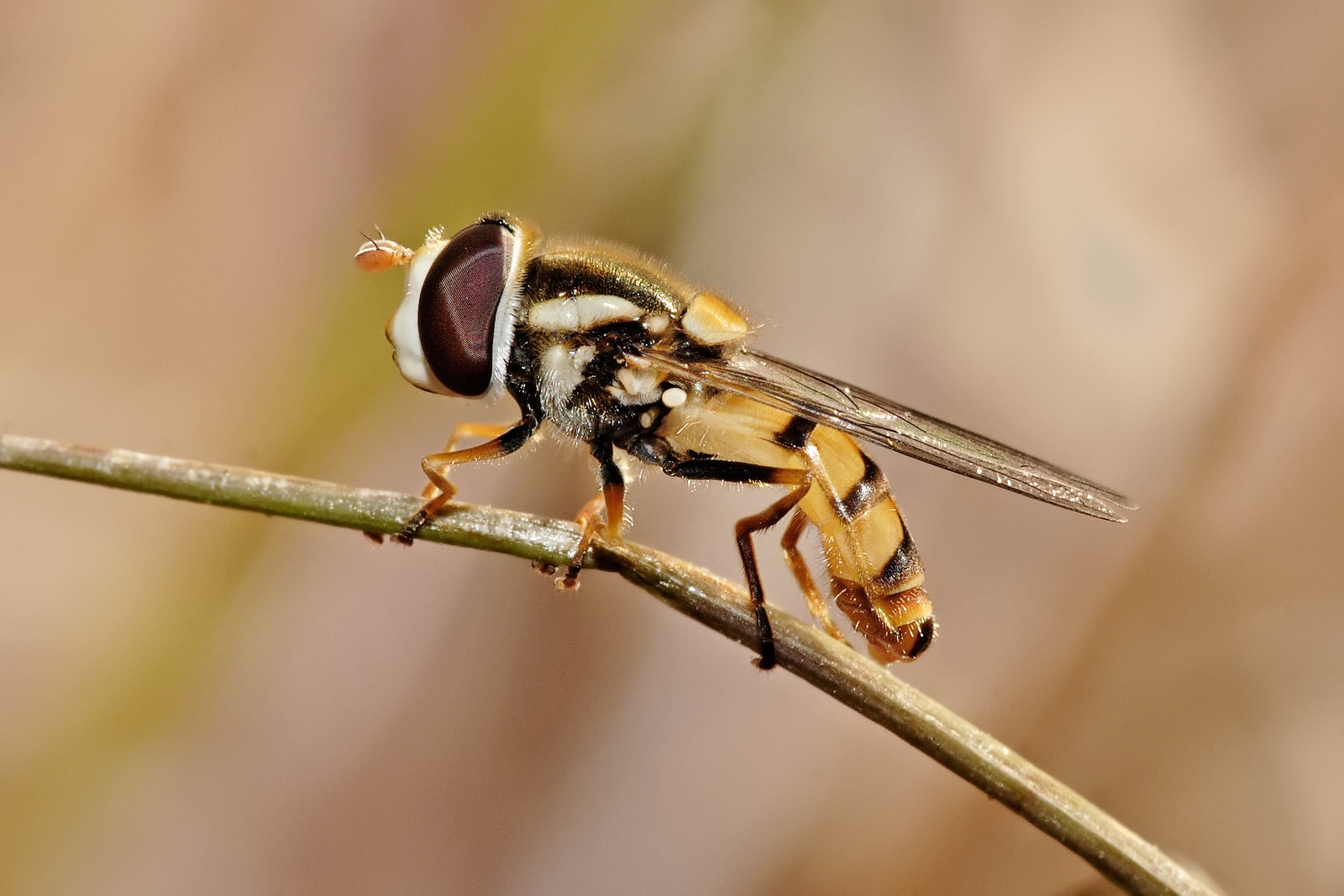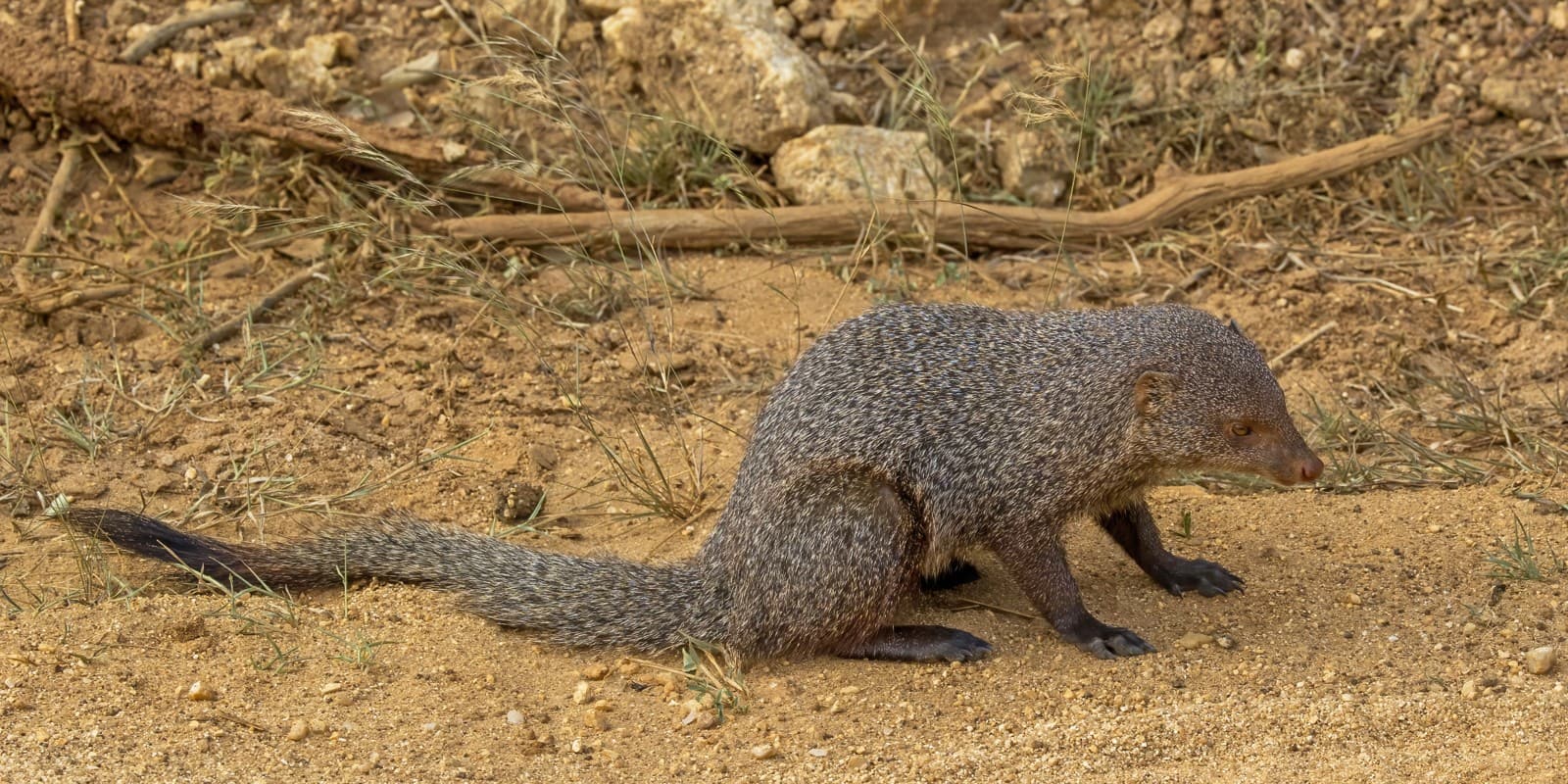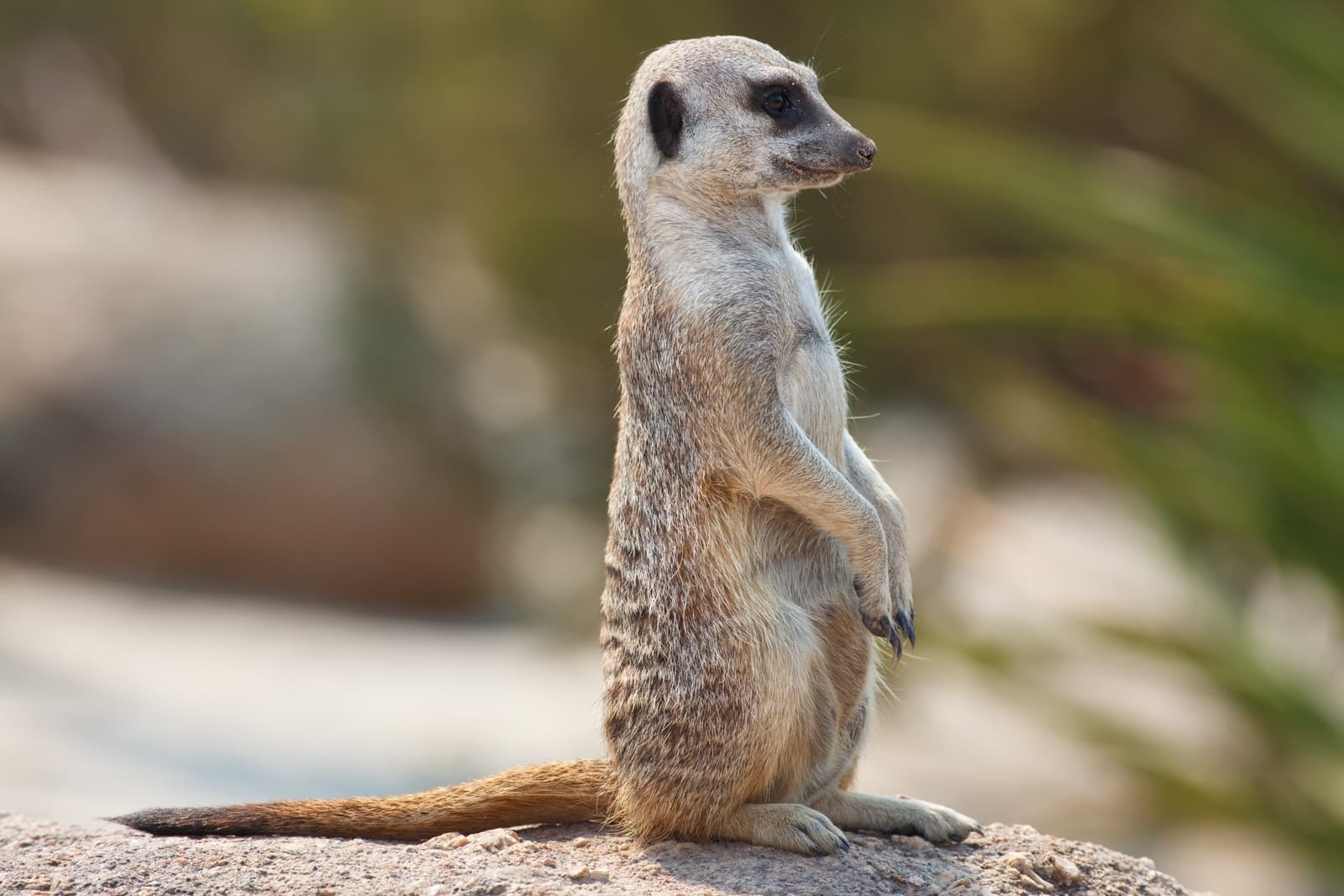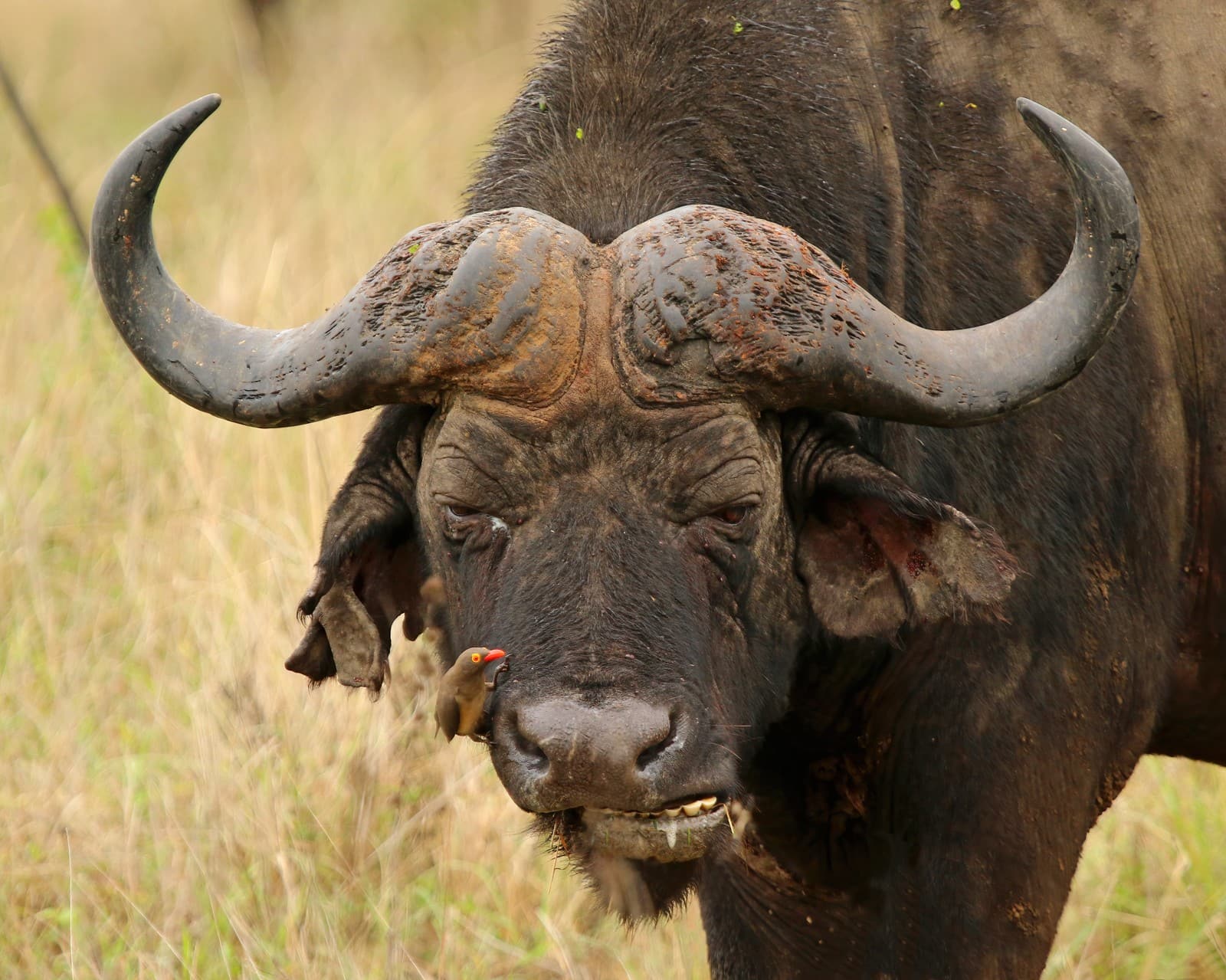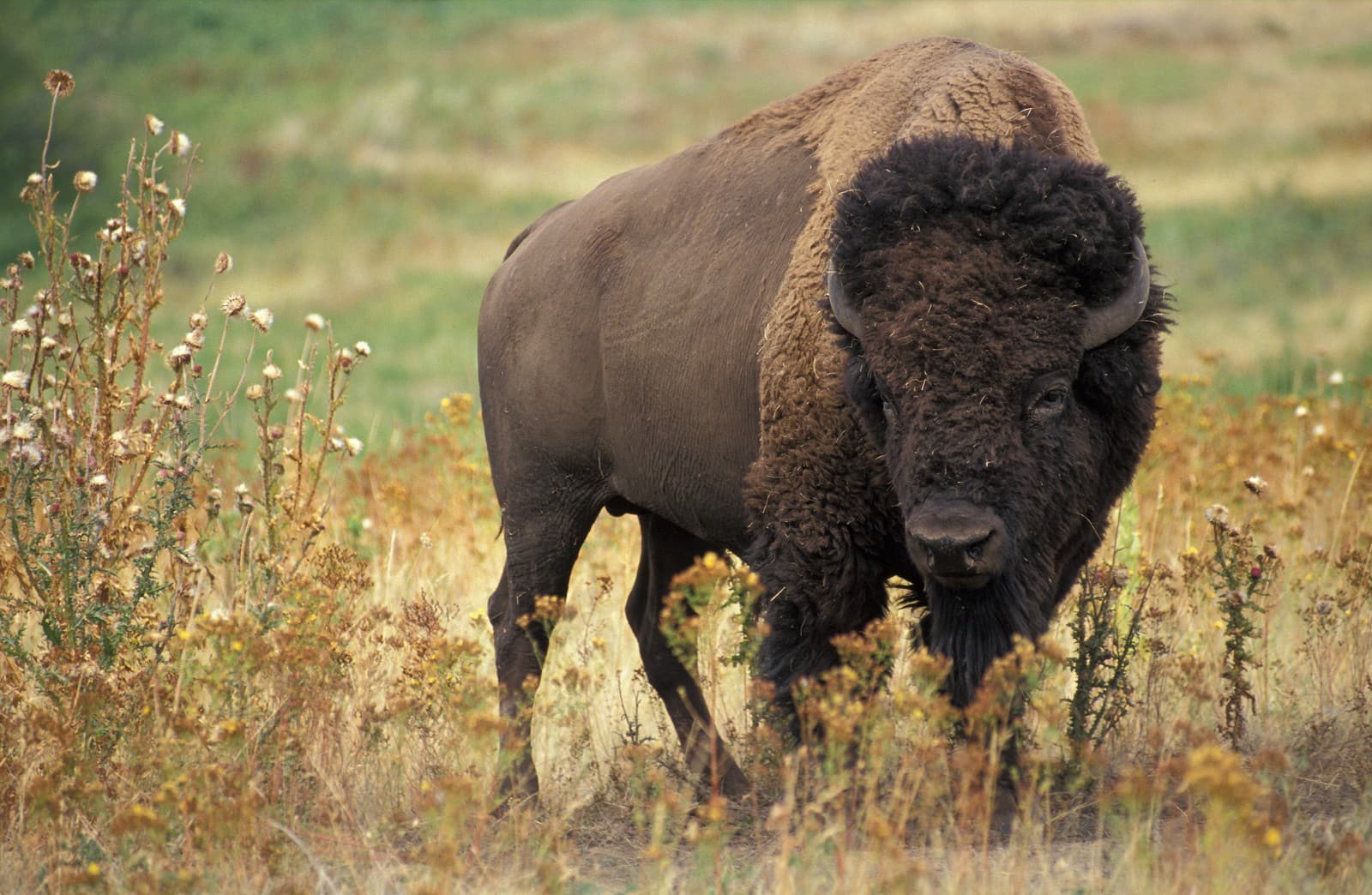Green Anole vs Brown Anole: A Complete Comparison
The Green Anole (Anolis carolinensis) and Brown Anole (Anolis sagrei) represent one of the most intriguing ecological competitions in North American reptiles. While the native Green Anole can change from bright emerald to brown, reaching lengths of 5-8 inches (12.7-20.3 cm), the invasive Brown Anole typically maintains its brown coloration and measures 4-7 inches (10.2-17.8 cm).
These two species increasingly compete for territory across the southeastern United States, where the Brown Anole’s introduction has forced Green Anoles to adapt by moving to higher perches in trees and shrubs. This vertical displacement has become a textbook example of invasion biology in action.
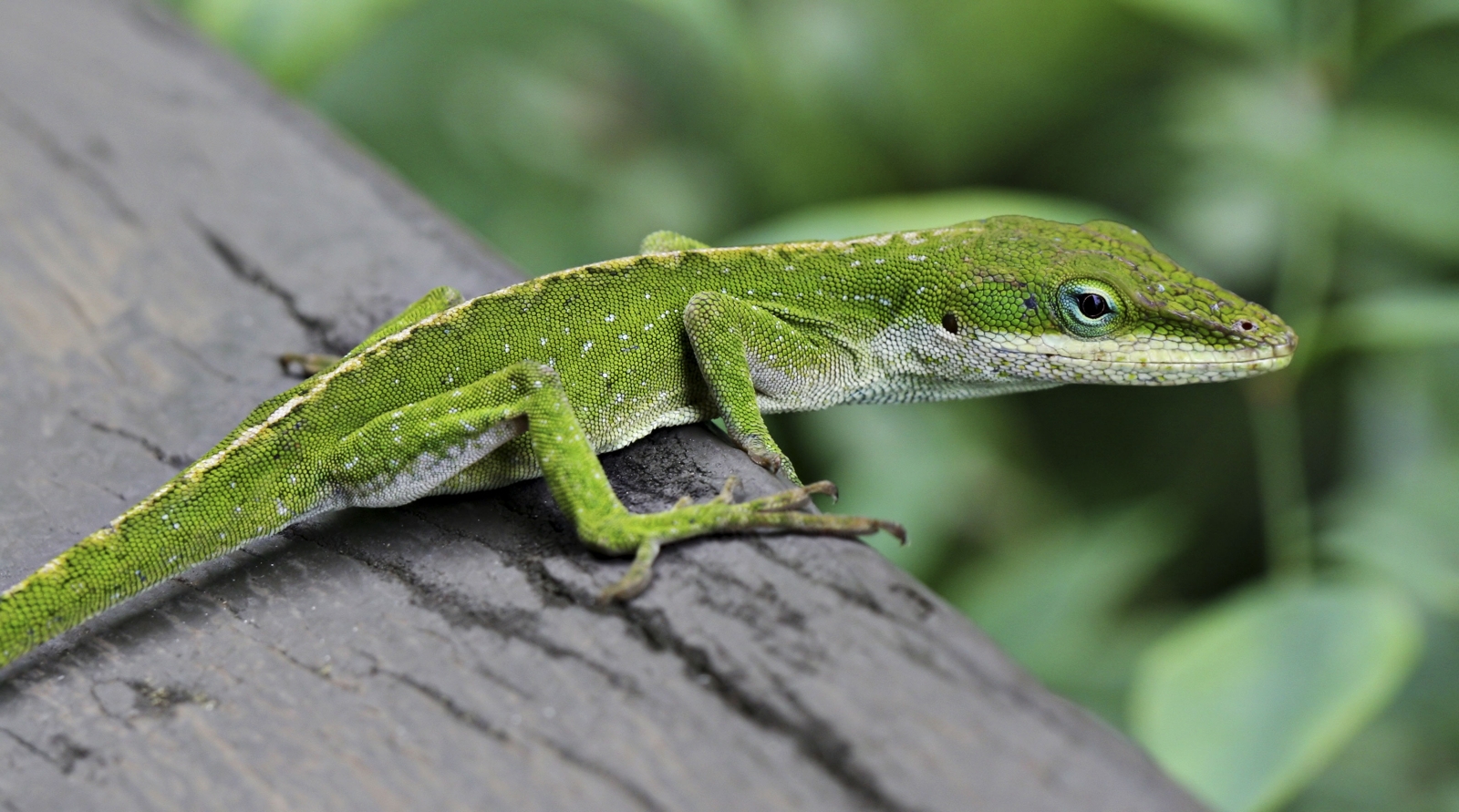
© Paul Hirst (Phirst) / CC BY-SA 2.5
The Green Anole, America’s only native anole species, demonstrates remarkable color-changing abilities that help it blend seamlessly into its surroundings. This adaptive camouflage serves both as protection from predators and as a means of temperature regulation.
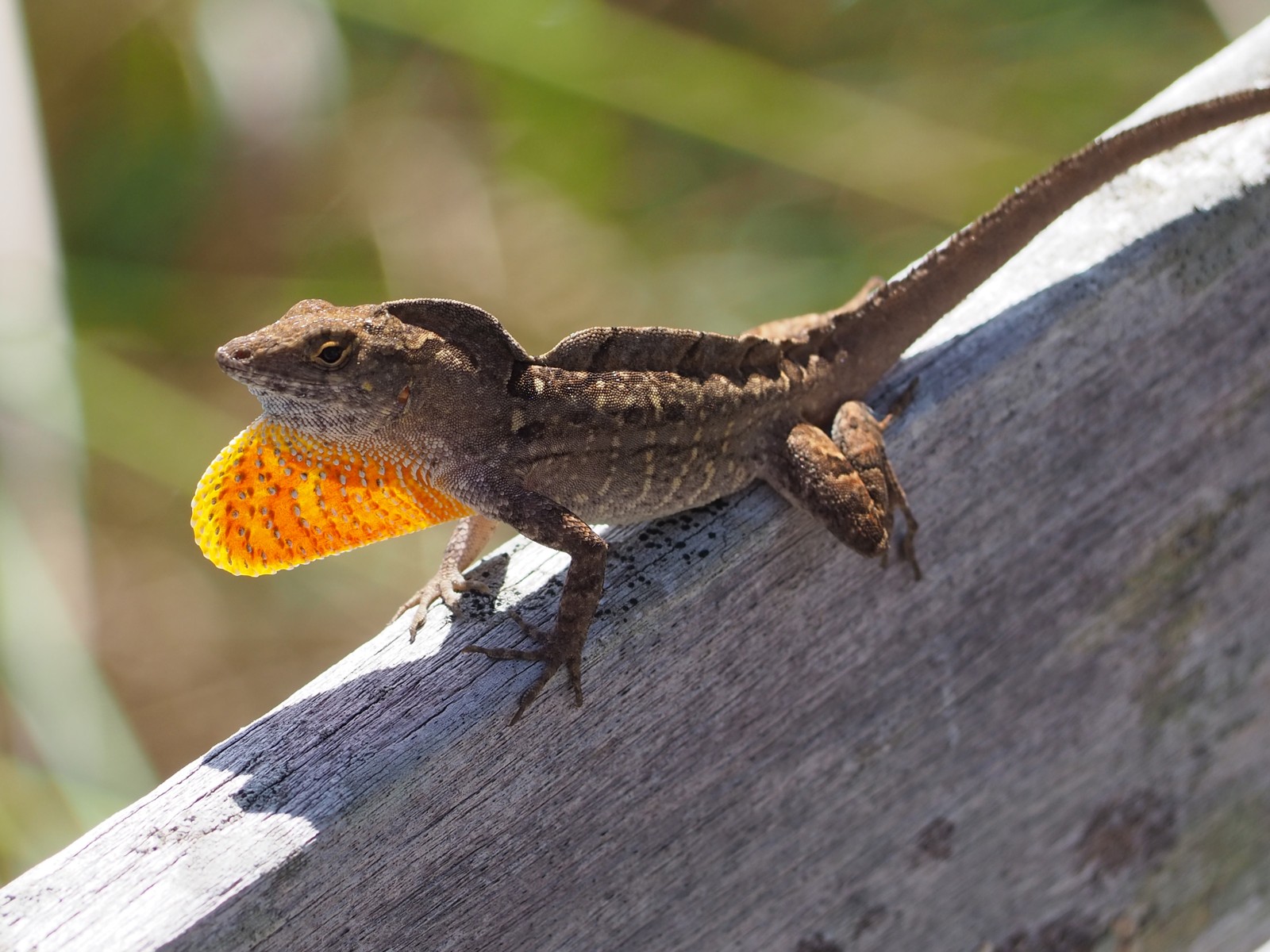
© Nosferattus / CC0
The Brown Anole, originally from Cuba and the Bahamas, displays its striking orange-yellow dewlap during territorial disputes and courtship. Its robust build and aggressive nature have contributed to its successful expansion throughout the southeastern United States.
Key Differences: Green Anole vs Brown Anole
| Feature | Green Anole | Brown Anole |
|---|---|---|
| Size | 5-8 inches (12.7-20.3 cm) | 4-7 inches (10.2-17.8 cm) |
| Color Change | Can change from bright green to brown | Limited to brown variations |
| Dewlap Color | Pink to red | Orange-yellow with dark spots |
| Native Range | Southeastern United States | Caribbean islands |
| Preferred Habitat | Upper tree canopy, high branches | Ground level to low branches |
| Body Pattern | Solid color with occasional light stripe | Mottled pattern with chevron markings |
Habitat and Behavior
Green Anoles traditionally occupied all vertical levels of vegetation before the Brown Anole’s arrival. Now, they primarily inhabit higher elevations, typically above 6 feet (1.8 m) from the ground. This species shows remarkable climbing ability, using specialized toe pads to navigate smooth surfaces with ease.
Brown Anoles dominate lower elevations, from ground level to about 6 feet high. They demonstrate more aggressive territorial behavior and can displace Green Anoles through direct competition. Their success stems from higher reproduction rates and more generalist feeding habits.
Competition and Ecological Impact
The introduction of Brown Anoles has significantly impacted Green Anole populations across the Southeast. Research shows that when Brown Anoles invade an area, Green Anole populations can decline by up to 75% within the first few years. This competition has led to several adaptive changes:
- Green Anoles now occupy higher perches
- Their toe pads have evolved to become larger
- They show increased vigilance behavior
- Population densities have decreased in shared territories
Diet and Hunting Strategies
Both species are primarily insectivorous, but their hunting strategies differ:
- Green Anoles: More selective hunters, focusing on flying insects
- Brown Anoles: Opportunistic feeders, consuming a wider variety of prey
- Both species: Capable of catching prey items up to 30% of their own body length
Who Would Win in a Fight?
While both species occasionally engage in territorial disputes, Brown Anoles typically dominate direct confrontations due to:
- More aggressive temperament
- Stronger bite force
- Greater muscle mass
- Higher territorial drive
However, Green Anoles often avoid direct conflict by retreating to higher elevations, demonstrating an evolutionary adaptation to coexistence rather than direct competition.
Conservation Implications
The interaction between these species highlights important conservation concerns:
- Native ecosystem disruption
- Potential genetic isolation of Green Anole populations
- Need for habitat preservation at various vertical levels
- Importance of monitoring invasive species spread
Understanding the dynamics between Green and Brown Anoles provides valuable insights into invasion biology and helps inform conservation strategies for native species facing similar challenges.

